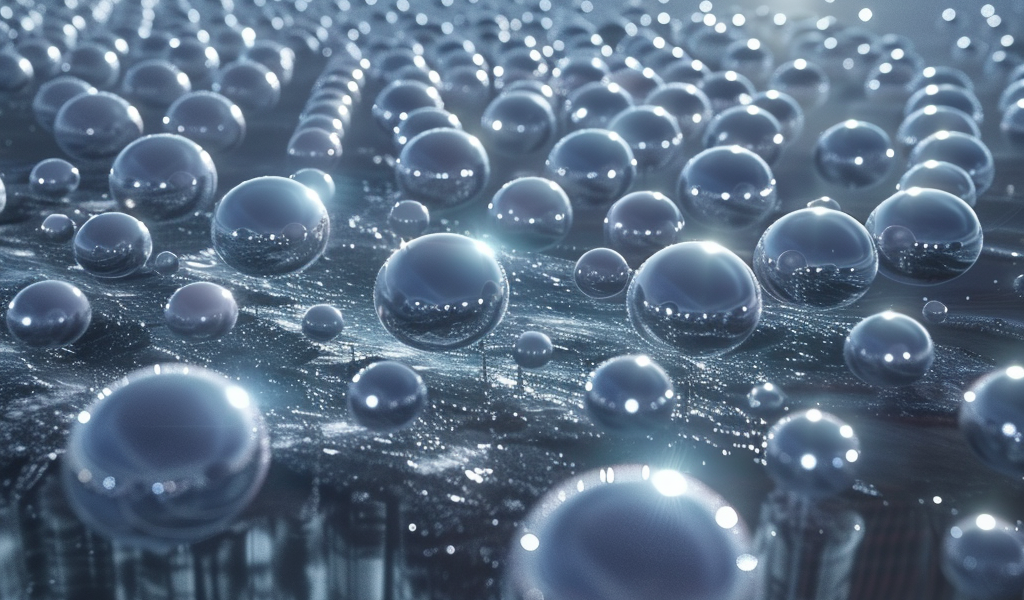About a trillion tiny particles called neutrinos pass through you every second. Created during the Big Bang, these ‘relic’ neutrinos exist throughout the entire universe, but they can’t harm you. In fact, only one of them is likely to lightly tap an atom in your body in your entire lifetime.
Most neutrinos produced by objects such as black holes have much more energy than the relic neutrinos floating through space. While much rarer, these energetic neutrinos are more likely to crash into something and create a signal that physicists can detect. To detect them, neutrino physicists have had to build very large experiments.
In a recent study published in April 2024, IceCube, one of these experiments, documented an especially rare type of particularly energetic astrophysical neutrino. These energetic neutrinos often masquerade as other, more common types of neutrinos. However, for the first time, researchers managed to detect them, pulling out a few from almost a decade of data.
The presence of these energetic neutrinos puts researchers one step closer to unraveling the mystery of how highly energetic particles like astrophysical neutrinos are produced in the first place.
IceCube Neutrino Observatory
The IceCube Neutrino Observatory is a significant player in large neutrino experiments. It comprises about 5,000 sensors that have been observing a gigaton of ice under the South Pole for over ten years. When a neutrino collides with an atom in the ice, it produces a ball of light that the sensors record.
As neutrinos move through IceCube, a small fraction of them will interact with atoms in the ice, generating light that the sensors capture. The spheres in the video represent individual sensors, with





